Cosmic kidney disease: an integrated pan-omic, physiological and morphological study into spaceflight-induced renal dysfunction
- PMID: 38862484
- PMCID: PMC11167060
- DOI: 10.1038/s41467-024-49212-1
Cosmic kidney disease: an integrated pan-omic, physiological and morphological study into spaceflight-induced renal dysfunction
Abstract
Missions into Deep Space are planned this decade. Yet the health consequences of exposure to microgravity and galactic cosmic radiation (GCR) over years-long missions on indispensable visceral organs such as the kidney are largely unexplored. We performed biomolecular (epigenomic, transcriptomic, proteomic, epiproteomic, metabolomic, metagenomic), clinical chemistry (electrolytes, endocrinology, biochemistry) and morphometry (histology, 3D imaging, miRNA-ISH, tissue weights) analyses using samples and datasets available from 11 spaceflight-exposed mouse and 5 human, 1 simulated microgravity rat and 4 simulated GCR-exposed mouse missions. We found that spaceflight induces: 1) renal transporter dephosphorylation which may indicate astronauts' increased risk of nephrolithiasis is in part a primary renal phenomenon rather than solely a secondary consequence of bone loss; 2) remodelling of the nephron that results in expansion of distal convoluted tubule size but loss of overall tubule density; 3) renal damage and dysfunction when exposed to a Mars roundtrip dose-equivalent of simulated GCR.
© 2024. The Author(s).
Conflict of interest statement
C.A.N. and S.E.B. are cofounders and hold shares in MATE Bioservices, a company that commercialises uses of SPOKE knowledge graph. V.D.A. received consultancy fees from Allena Pharmaceuticals. C.M. is compensated by Thorne HealthTech. C.R. received Consultancy from Novartis. External Committee member in the Banff Foundation for Allograft Pathology, the Renal Pathology Society, the Royal College of Pathologists. P.S. is an equity holder in DigPath Inc, and currently he serves on the advisory board of the same incorporation. S.R. is an active shareholder in Curio Bio, which commercialises Slide-seq. C.E.M. is a co-Founder of Onegevity All other authors declare no competing interests.
Figures

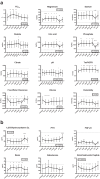
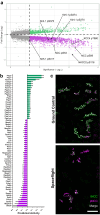

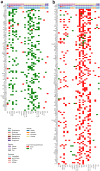
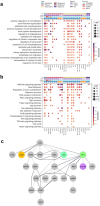

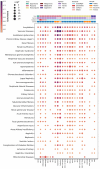

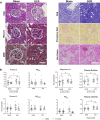
References
MeSH terms
Grants and funding
- ST/X000036/1/UK Space Agency (United Kingdom Space Agency)
- R01 MH129970/MH/NIMH NIH HHS/United States
- R01 AG066710/AG/NIA NIH HHS/United States
- R01 NS088555/NS/NINDS NIH HHS/United States
- R01 DK114485/DK/NIDDK NIH HHS/United States
- T32 NS007413/NS/NINDS NIH HHS/United States
- CC2168/WT_/Wellcome Trust/United Kingdom
- R01 AG061188/AG/NIA NIH HHS/United States
- PG/20/10270/BHF_/British Heart Foundation/United Kingdom
- R01 DK135871/DK/NIDDK NIH HHS/United States
- R01 AR080668/AR/NIAMS NIH HHS/United States
- R15 MH117628/MH/NIMH NIH HHS/United States
- OT2 TR003450/TR/NCATS NIH HHS/United States
- R01 MH117406/MH/NIMH NIH HHS/United States
- T32 MH076690/MH/NIMH NIH HHS/United States
- R01 DK129541/DK/NIDDK NIH HHS/United States
- R01 NS126279/NS/NINDS NIH HHS/United States
LinkOut - more resources
Full Text Sources
Miscellaneous

